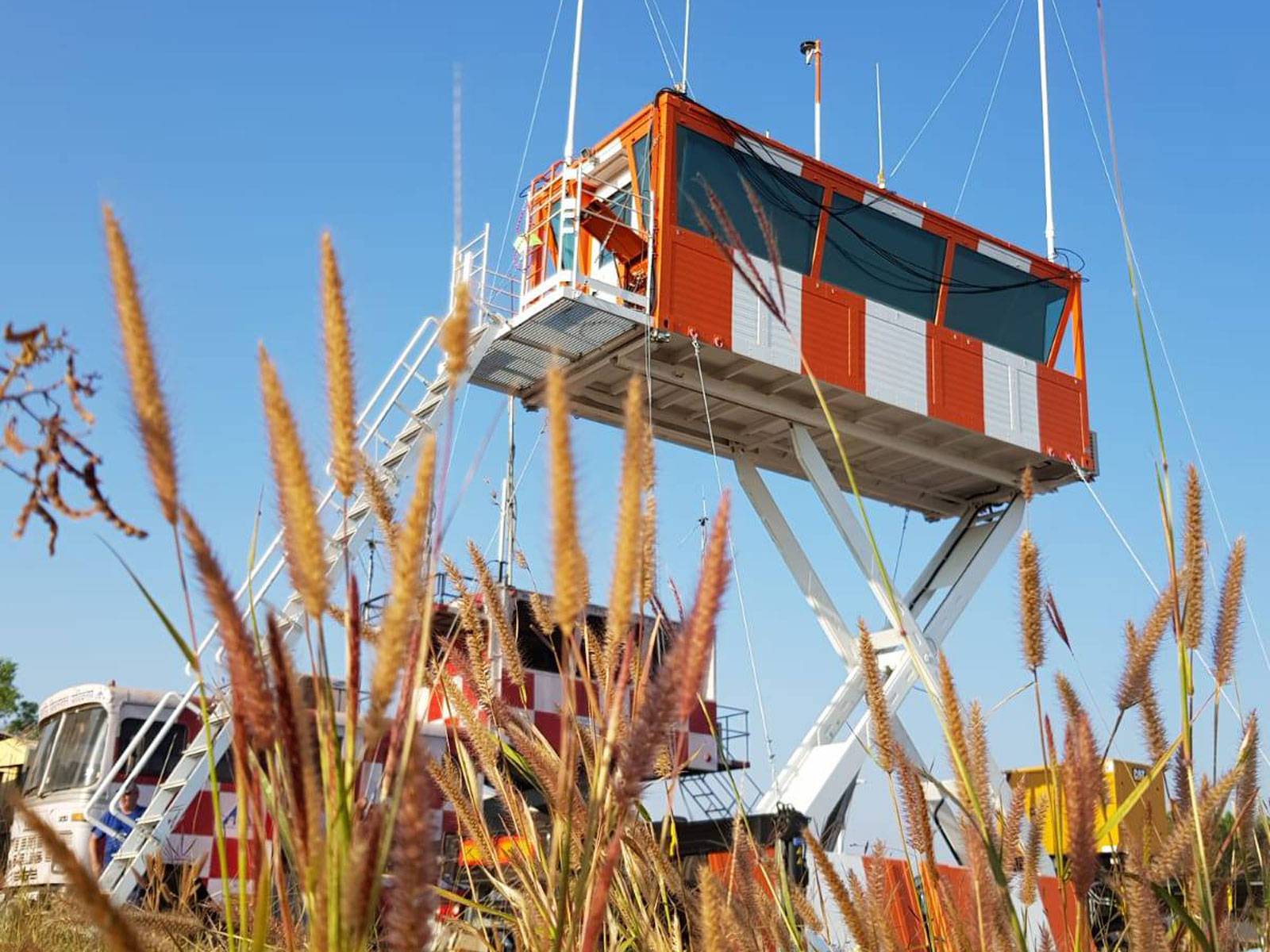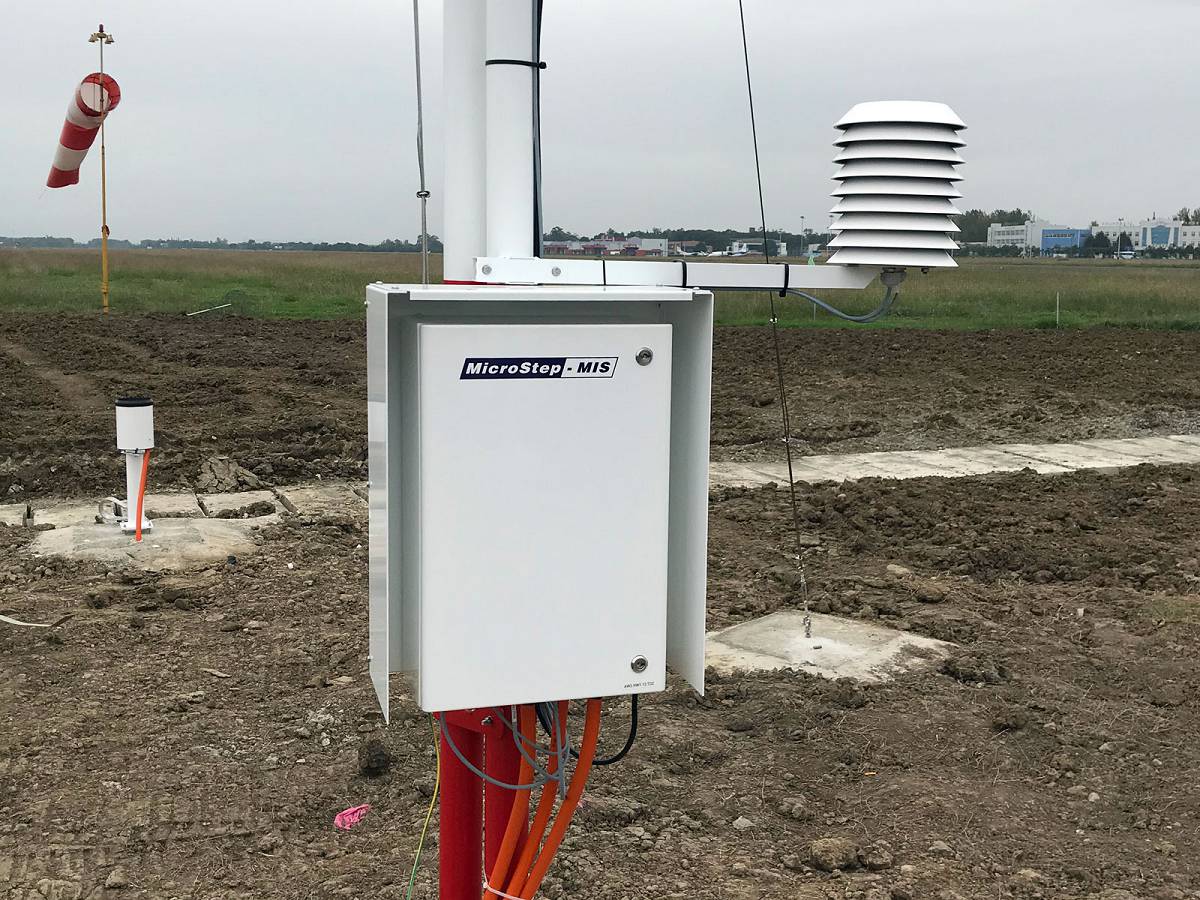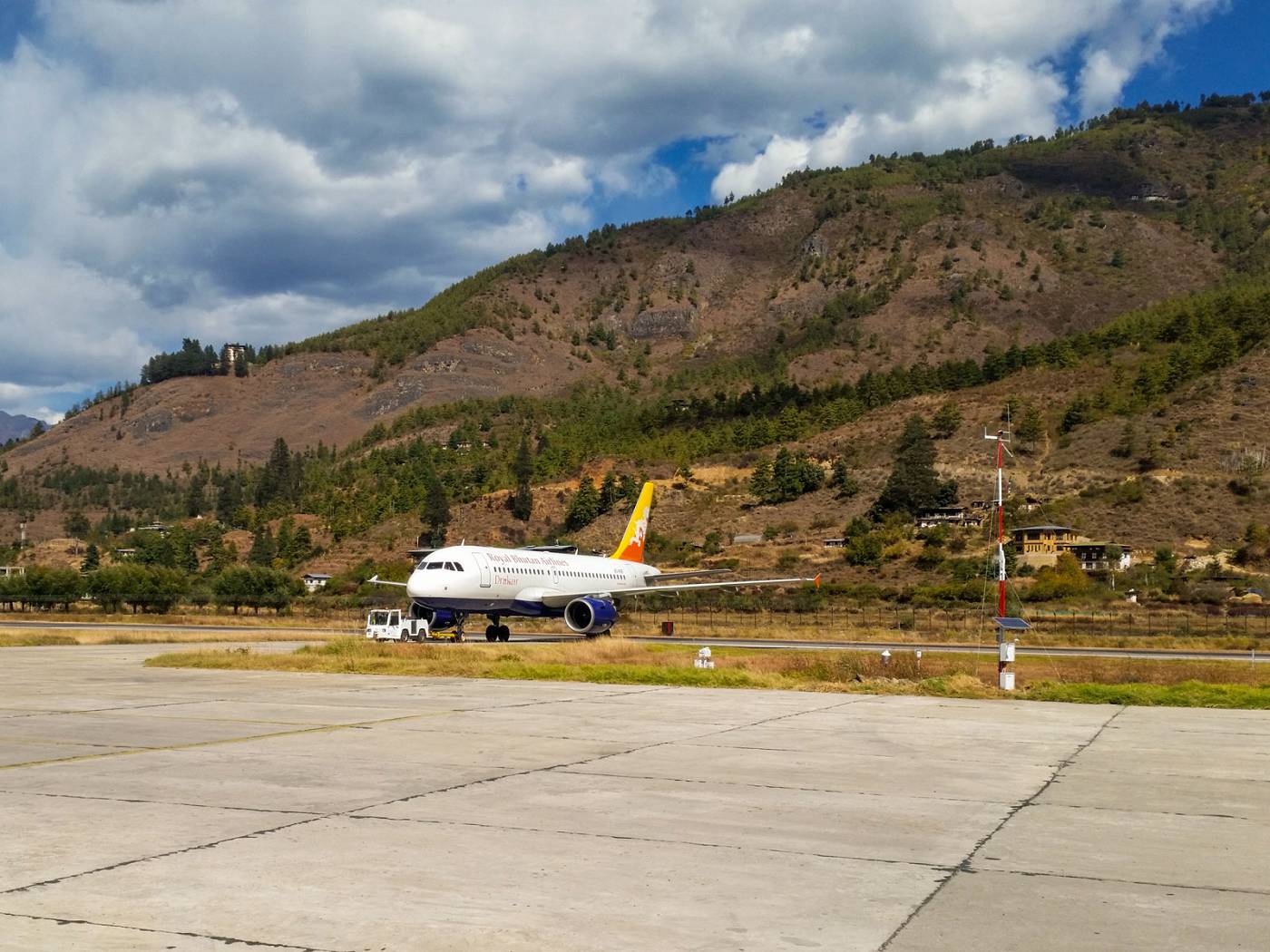Weather conditions affect all aspects of airport operations and performance. Rainfall, snow, ice, fog, wind shear, and lightning are hazardous weather phenomena many airports have to cope with on a daily basis. Real-time weather monitoring and reporting system is an essential ingredient necessary for the smooth operation of the airport - not only ensuring the safety of all the passengers transferring through but also facilitating and supporting the decision making of the airport personnel.
How can we define AWOS?
Automated Weather Observation System (AWOS) is a fully configurable meteorological system of the airport that collects and processes real-time data on weather conditions that are necessary for the operation of the airport. Airport Weather Stations are the backbone of the AWOS system. They collect meteorological data (such as wind speed and direction, visibility, present weather, cloud coverage, temperature, atmospheric pressure, lightning, etc.) that are processed, and distributed all over the world so that the air traffic can be planned accordingly. E.g., in case of bad weather at the airport in Vienna, the plane will be redirected and will land in Kosice where the weather is suitable. If you are interested in learning more about the automated weather observation systems we offer, you can do it here.
What are the characteristics of ATIS?
Automatic Terminal Information Service (ATIS) is a system for the continuous broadcast of recorded aeronautical information. ATIS provides information on the current weather conditions and other non-weather essential information for landing or departing pilots. Such information is delivered to the pilots in their natural language before and during take-off or landing. On the contrary to the AWOS system, this information is not a part of the international exchange. In addition to the audio broadcast provided via radio to the pilot's hearing aids, the report can also be shared via data-link - delivered as a text message and displayed on the aircraft display. Such is called D-ATIS.
What are the options when an airport does not have ATIS?
If the airport does not have ATIS, the above-mentioned information is delivered to pilots by the ground crew. In past, they used to collect all the data, record the message on the current situation, and share it with the pilots. When any significant change occurred, a new message had to be recorded. Nowadays, all these processes are automatic. The meteorological information is contained in the local routine report (MET REPORT) or special report (SPECIAL) or in METAR (Meteorological Terminal Air Report)/SPECI report*. The runway state report comes as SNOWTAM or soon will disappear to be replaced by new GRF (Global Reporting Format), the flight route hazards information comes as SIGMET GAMET or WARNINGS other information as NOTAM (Notice to Airmen). Upon receiving these reports, the ATIS system composes a message which is sent by the text-to-speech system as spoken to the aircraft crew, as already mentioned.
____________________
* The local routine report contains the current weather information in the abbreviated plain language to be disseminated within the airport. The METAR report is more a compact report containing the same information to be disseminated worldwide. Analogously, the special report contains the current weather information (if significantly changed since the last regular routine report) in the abbreviated plain language to be disseminated within the airport and the SPECI is the analogy of the special report to be disseminated worldwide.
____________________
If we only have ATIS, how can we learn more about the weather during the flight?
Your best choice would be VOLMET which is all about the weather. VOLMET stands for vol (flight) and météo (weather report) and in addition to ATIS, it provides meteorological information important for the aircraft during the flight. Besides METARs and TAFs (Terminal Aerodrome Forecasts), the pilots also benefit from receiving warnings or information predicting any significant weather phenomena along the way to the aircraft destination. You can learn more about ATIS and VOLMET here.
To sum up..
Over the last almost three decades, MicroStep-MIS has supplied a large number of meteorological systems for airports all over the world. Our capacities allow us to approach each client individually and customize the solution to the requirements of the airport authorities and local practices of the particular region. From small regional airports up to multi runway CAT III airports, the system is scalable and its configuration depends on the size and needs of the airport. Hundreds of airports in countries such as Slovakia, Poland, Romania, Saudi Arabia, UAE, India, China, Singapore, Colombia, Morocco, and many others benefit from MicroStep-MIS AWOS and ATIS systems. If you are interested in learning more, please feel free to do so here or contact us in any way you prefer.


